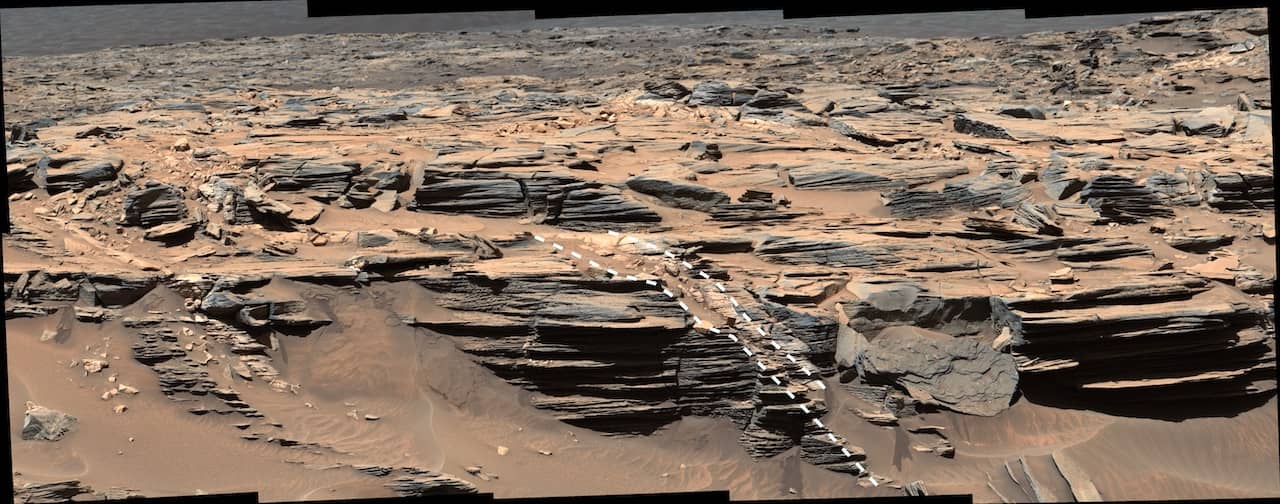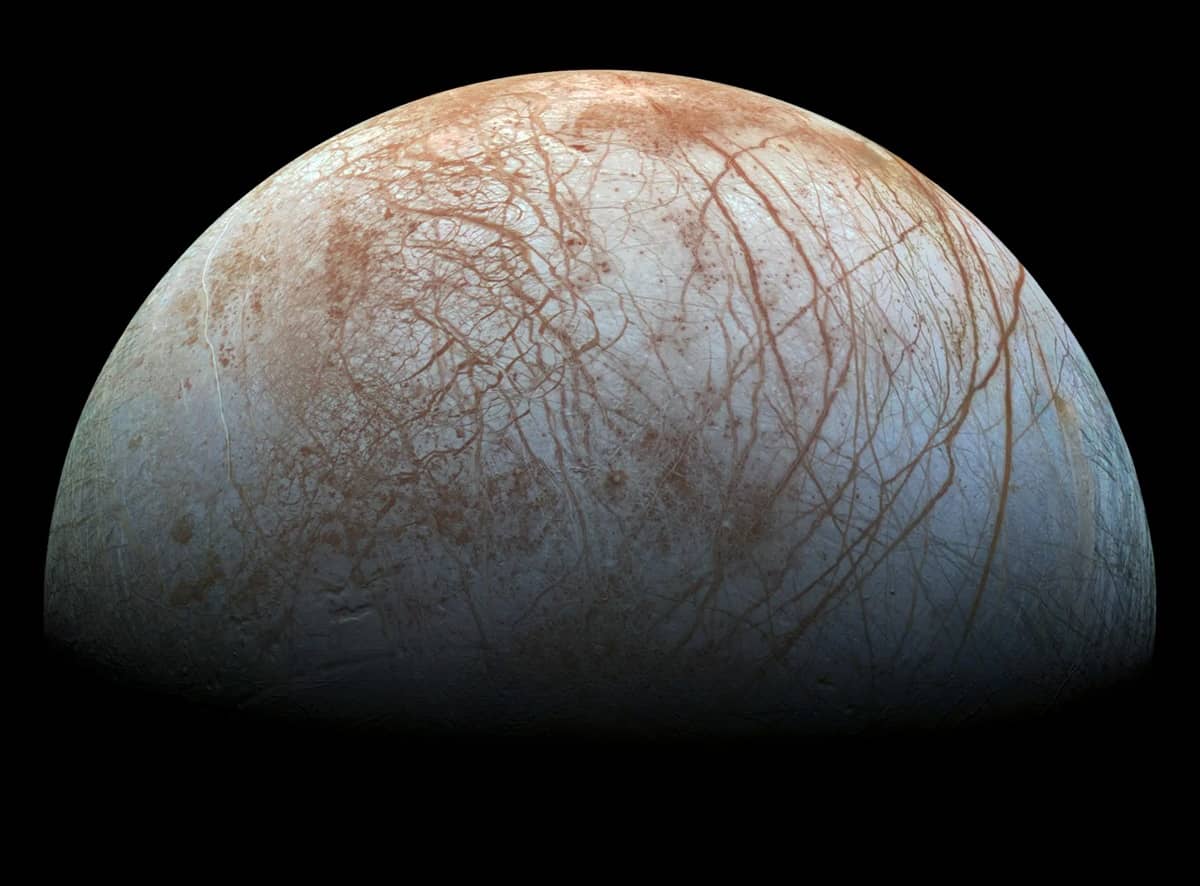The surface of Mars is thought to contain a stockpile of gemstones, according to scientists. The Red Planet’s Gale Crater is teeming with opals, according to a study by a group of researchers from Arizona State University and NASA that was published back in December in the Journal of Geophysical Research: Planets.
While jewelry from another planet may sound expensive and cool, the discovery has scientific value as well. It shows that the region had enormous water reservoirs much more recently than we previously believed. This implies that the discovery might also compel us to revise our assumptions about early Martian life.
Researchers have discovered “fracture halos” of lighter-colored rock in photographs captured by NASA’s Curiosity rover over the past couple of years. They hypothesize that these halos are likely formed primarily of opal, a bluish hydrated mineral. According to the latest findings, however, it appears that these hidden treasures are much more numerous than previously believed and may be found all throughout the Gale Crater, a vast ancient lake bed that Curiosity has called home for the past ten years.

Given that opals are created when silica is dissolved in water, the discovery is especially noteworthy. Long after much of the water had already vanished from the planet’s surface, subsurface portions of the crater may have once protected life from the extreme temperatures and radiation at the surface.
“Given the widespread fracture networks discovered in Gale Crater, it’s reasonable to expect that these potentially habitable subsurface conditions extended to many other regions of Gale Crater as well, and perhaps in other regions of Mars,” said lead author Travis Gabriel, a postdoctoral fellow at Arizona State, in a statement. “These environments would have formed long after the ancient lakes in Gale Crater dried up.”
These stones may wind up serving a far more significant role than finding their way into the interplanetary bling. Since it is relatively simple to separate the water and silica that make up opal, it has the potential to be an essential source of water for future humans exploring the Martian surface.
In fact, the researchers were able to show in studies that a single three-foot (1 meter) stretch of shattered halo can discharge around 1.5 gallons (6 liters) of water inside the top foot (30 cm) of the surface.
In other words, the opal comes from a completely different epoch in Mars’s history, raising the enticing possibility for future astronauts that a number of other surprising locations of the Red Planet may still be brimming with water today.





